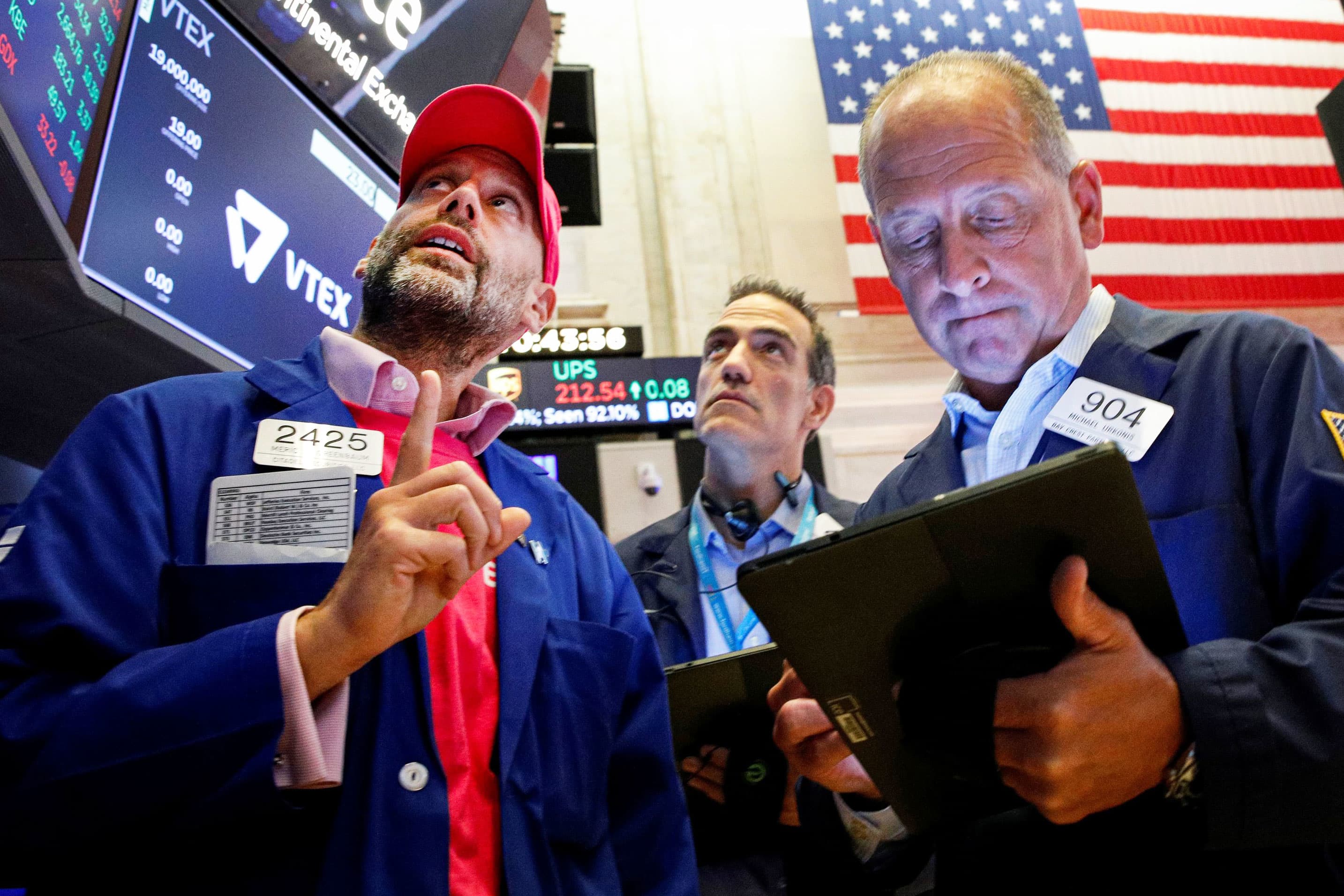It’s late August, so the market is supposed to be on vacation like so many of us.
However, considering that since the pandemic started, no one really keeps track of what month it is – how was the holiday party last winter, your birthday party, or the company summer outing? – we shouldn’t assume that the S&P 500 or any other index is keeping close tabs on the calendar, either.
So, what has the market been doing lately? The answer from 20,000 feet would be “grinding higher.” Through Aug. 20, the S&P had climbed 18.3% year-to-date, 6.8% in last three months, and 2.7% over the past month.
However, under that placid and upward sloping surface lies some serious sector and theme rotation. The table below illustrates some of these dramatic shifts. Energy and financial services were the market darlings early in the year, but the spigot shut abruptly in May. Oil and gas stocks are roughly tied with the overall market and down nearly 12% for the past three months as of Aug. 20. Similarly, the financial sector lost steam as the March climb in interest rates stalled and reversed.
Rotating into and out of favor
By mid-May the perennial winners of the past decade, technology and communications services, moved back into vogue, staging an impressive comeback to position both groups ahead of the market. This trade also began to tire by the end of July, leaving the major digital players in limbo over the past month.
The market is only up 2% in the past month and a half, or what we can easily lose in a day. What has been working is a mix of sectors, mid-sized market caps, and styles.
Of the top 25 performing stocks in the S&P 500 for the past six weeks, ending Aug. 20, only three had market values of over $200 billion. The value of the entire cohort could fit into Microsoft’s $2.3 trillion capitalization.
The largest sector represented is health care, which was an underperformer through the first half, but has pulled roughly even with technology and slightly ahead of the index. Both the surge in Covid cases and a sense that this administration will not push for limits on drug pricing has helped names like Moderna, Pfizer, Lilly and Danaher, the largest companies on the list.
Beyond health care, there is a diffuse range of industries, within the best recent stocks, with no obvious similarity other than their name ending with a consonant. (Nucor, Kroger, Paycom, AMD, Chubb, Under Armour, for example).
Don’t chase the trends
But investors should keep in mind that this year, as shown below, that the market has shifted allegiances and sporadically punished one dimensional, unconditional loyalty to one theme or style, whether it’s reopening, reclosing, small cap, mid cap, or mega cap. While large cap growth, small cap, and value have each returned approximately 16% to 18% in 2021, they have achieved those results by trading places through the year.
Short of chasing a hot group’s performance, which may be on the verge of peaking in the near term, how should investors position themselves in a meandering market without getting whiplash?
Avoid becoming too committed to one side of the heavily debated growth or value trade. It’s not a sign of weakness to own both Facebook and American Express.
Own companies that will thrive over the next two to three years because of their dominant position in a growing market, such as United Healthcare and Google, assuming that you’re comfortable with their valuation, which we are.
With inflation a legitimate concern, even if it is transitory, focus on businesses with some pricing power, either subscription models (Netflix and Salesforce.com); those whose revenues are a percent of customer sales (Visa and PayPal); or markets that are so strong they have pricing flexibility (Sherwin-Williams and Facebook).
Most importantly, remember that the market will realize that it’s autumn. It will stop meandering and will likely pick a more decisive course of action. This walkabout will probably not last much longer.
Karen Firestone is chairman, CEO, and co-founder of Aureus Asset Management, an investment firm dedicated to providing contemporary asset management to families, individuals and institutions.
